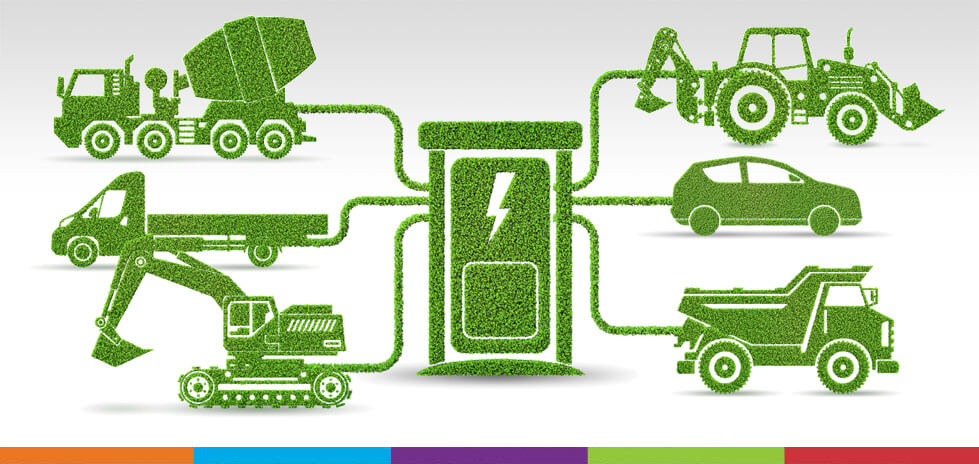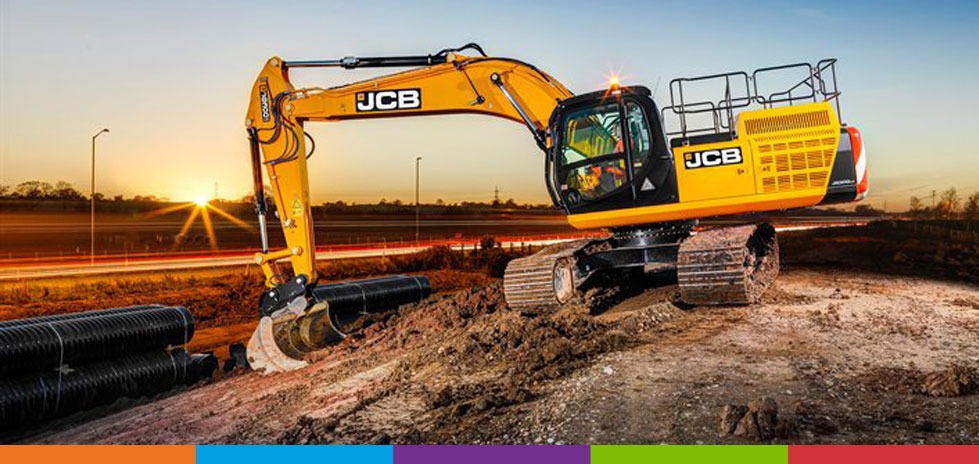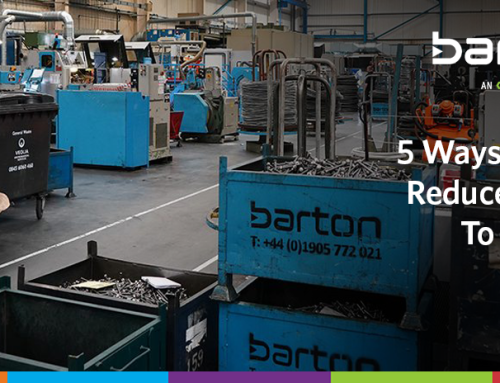
3 Considerations for Construction Equipment Electrification
Construction is on a mission to reinvent itself as a sustainable industry. External pressure and precedent are growing to the point that sites are now making concerted efforts to embrace green principles and practices.
For example, the construction market based in Oslo, Norway, now accounts for just 7% of the city’s emissions, thanks in part to Norway’s 98% renewable energy grid. Furthermore, the city launched Olav Vs gate, a zero-emission pilot site that provides a sneak peek into what an investment in electric construction equipment has to offer.
Leading construction sites are experimenting with how the electrification of construction equipment could work within a challenging urban environment. Volvo is one such manufacturer, exploring the Electric Worksite and connecting with customers and municipal organisations alike to develop real-world electromobility applications.
However, efficiently and usefully integrating electrification into construction practices will take some planning. Here are some factors construction equipment manufacturers will need to account for as electrification becomes more relevant to their offerings:
1. A reimagined infrastructure: The entire infrastructure of your construction site was envisioned and engineered with traditional fuel sources in mind. Updating your site to accommodate new models will be a square-one kind of challenge. You’ll need to reimagine your site’s foundations, its layout, and what it needs to succeed.
2. The role of charging stations: One major feature of a reimagined infrastructure you’ll need to consider is charging. Electric vehicles will need to charge on-site, and you’ll need charging infrastructure built into the site’s design. Electric vehicle charging stations will need enough voltage for different uses.
Installing charging infrastructure at scale may even mean replotting your site’s electrical distribution system and developing more space so you can have a good ratio of chargers to EVs. Teaming up with a partner like Optimas can help you build those stations at scale and supply your customers with affordable, efficient stations so their projects stay on schedule and sustainable.
3. A new set of standards: Committing to electrification and all its advantages will mean adopting a new set of standards and best practices. Consistent standards mean that every partner, supplier, worker, and stakeholder involved can understand the mission and its purpose.
The construction industry is shaking things up worldwide. Partners are working together to investigate how electrification could bring their worksites into a sustainable future. As you create and distribute these more Earth-friendly construction products, be mindful of how those solutions affect your goals.






